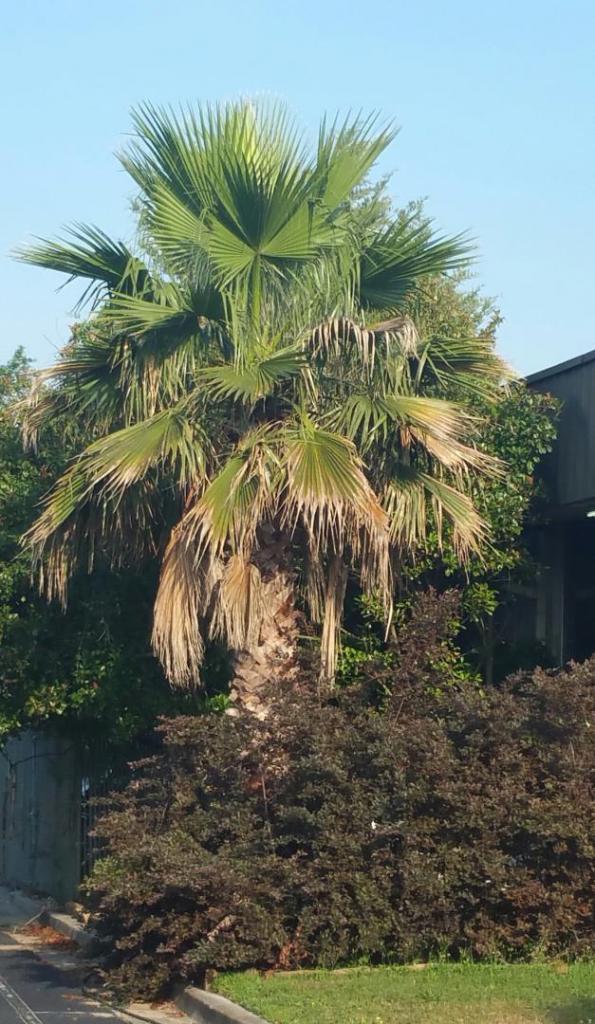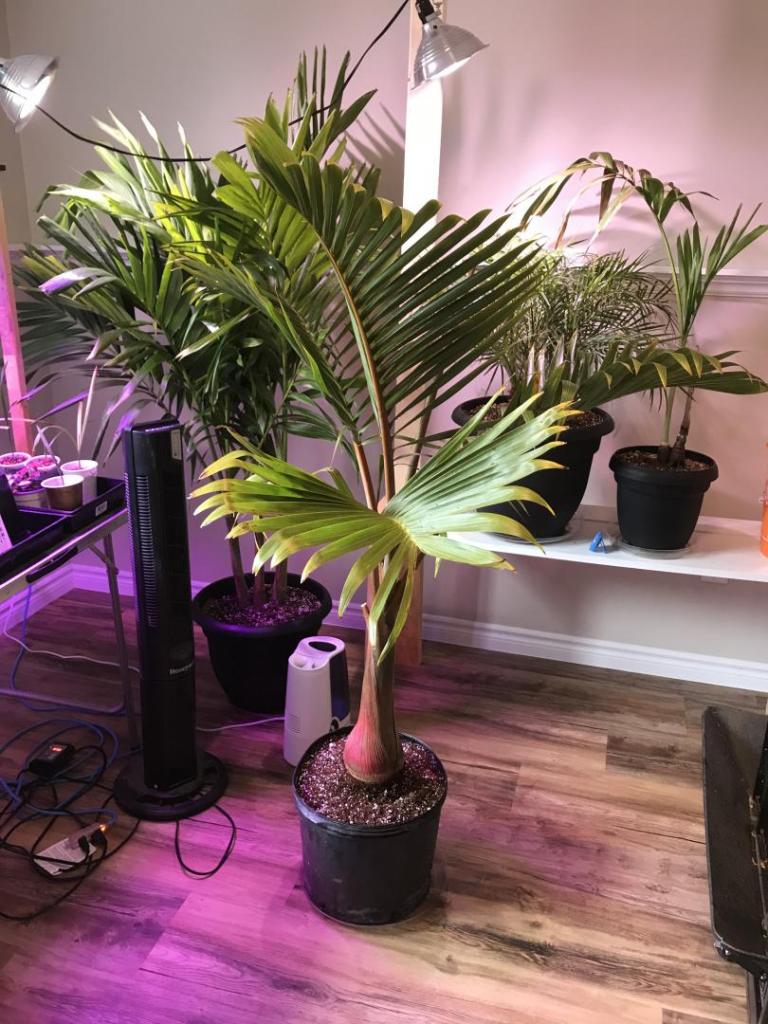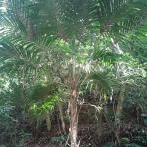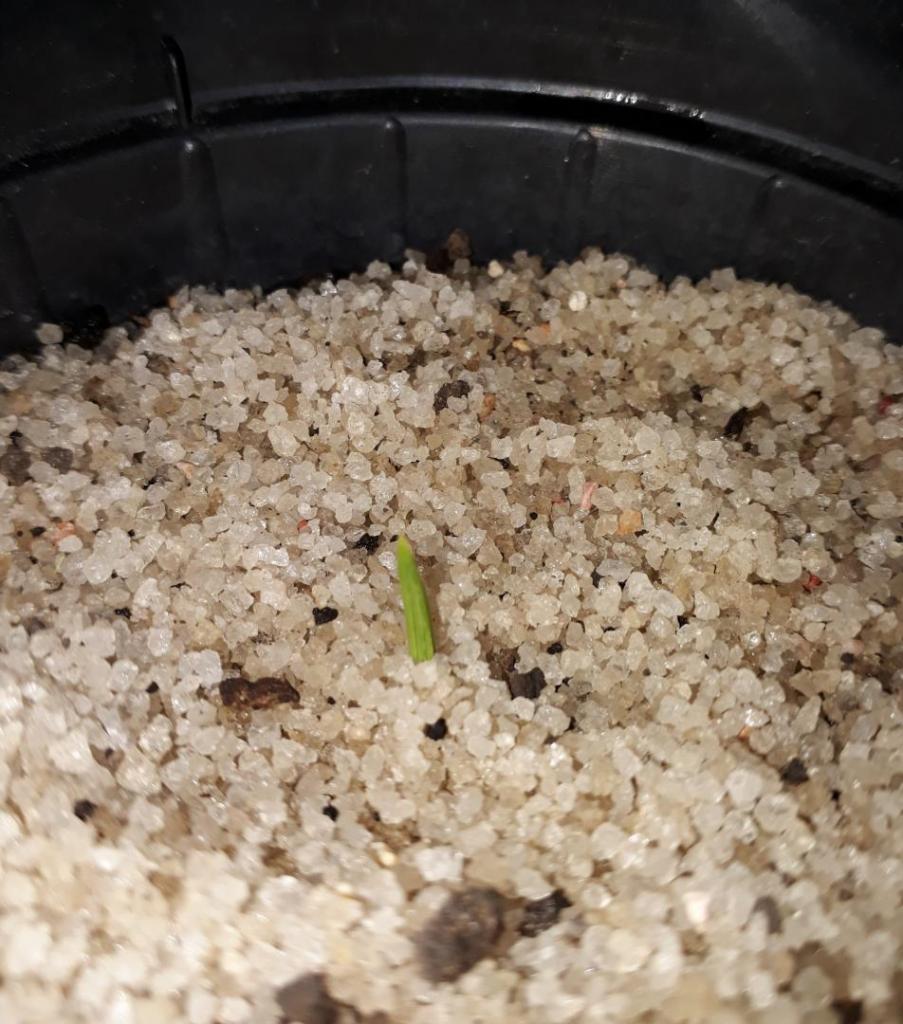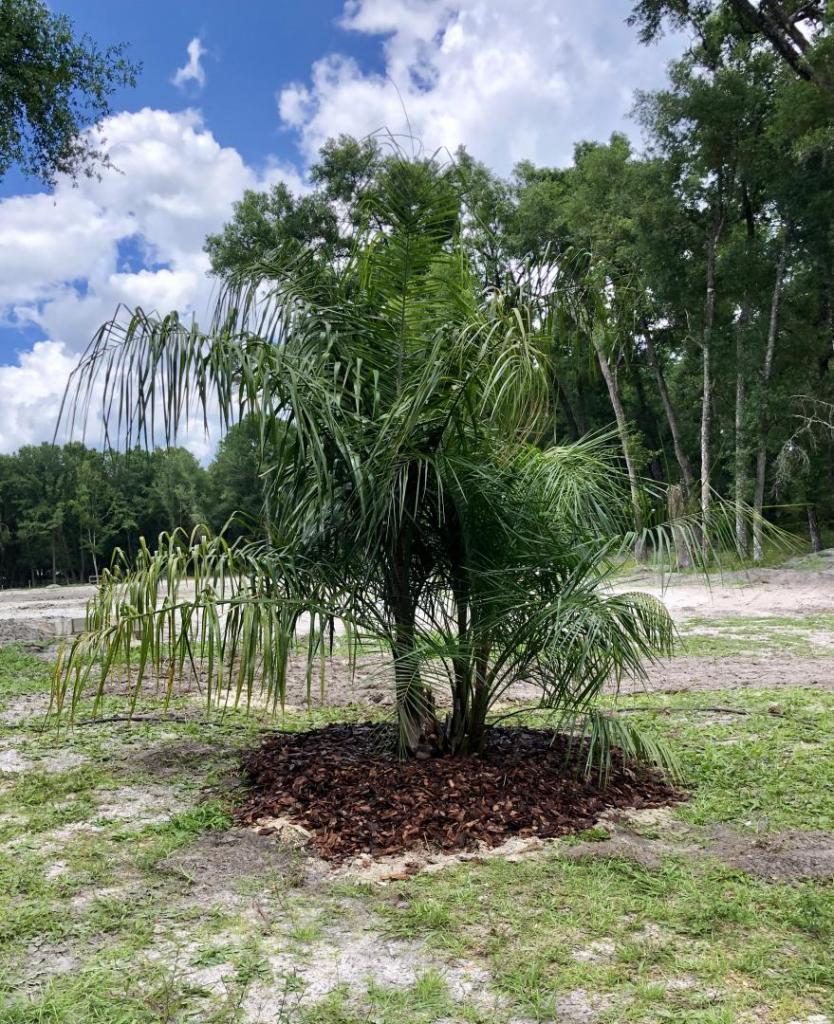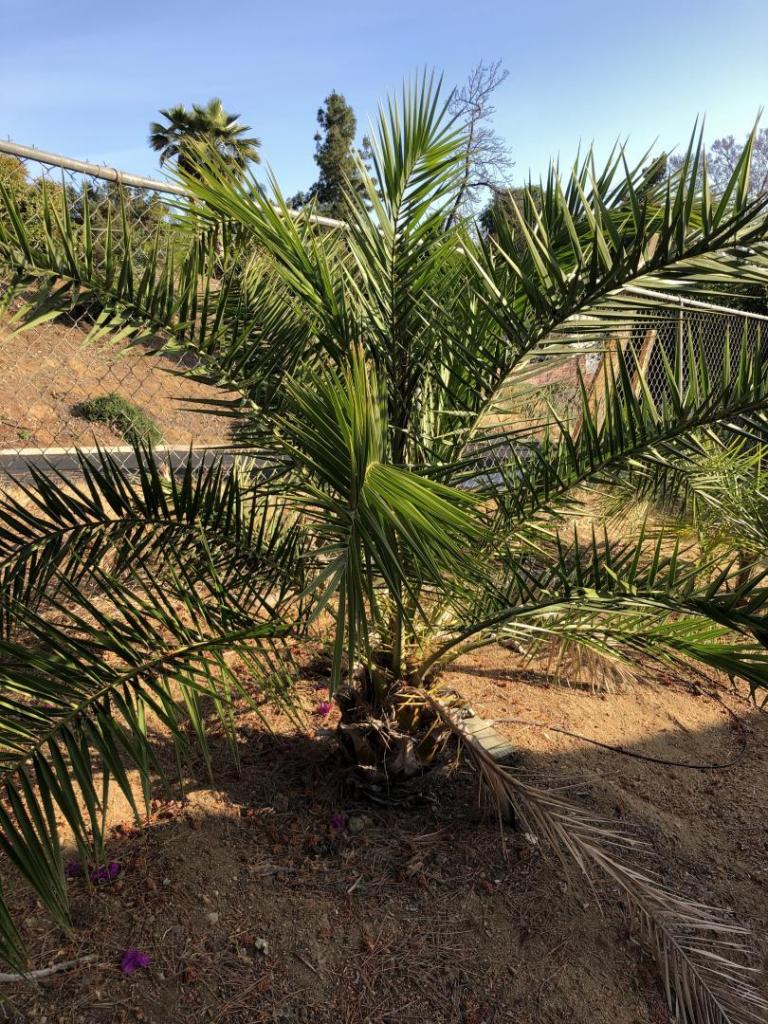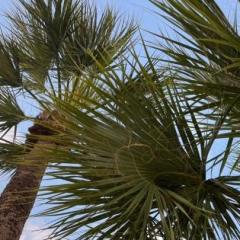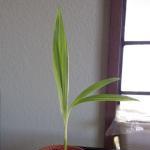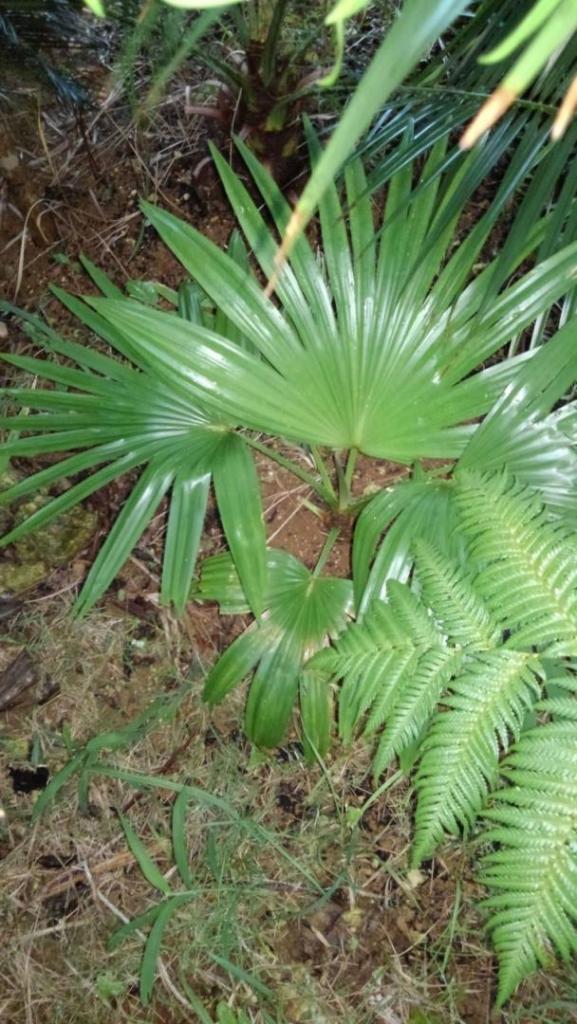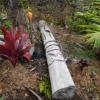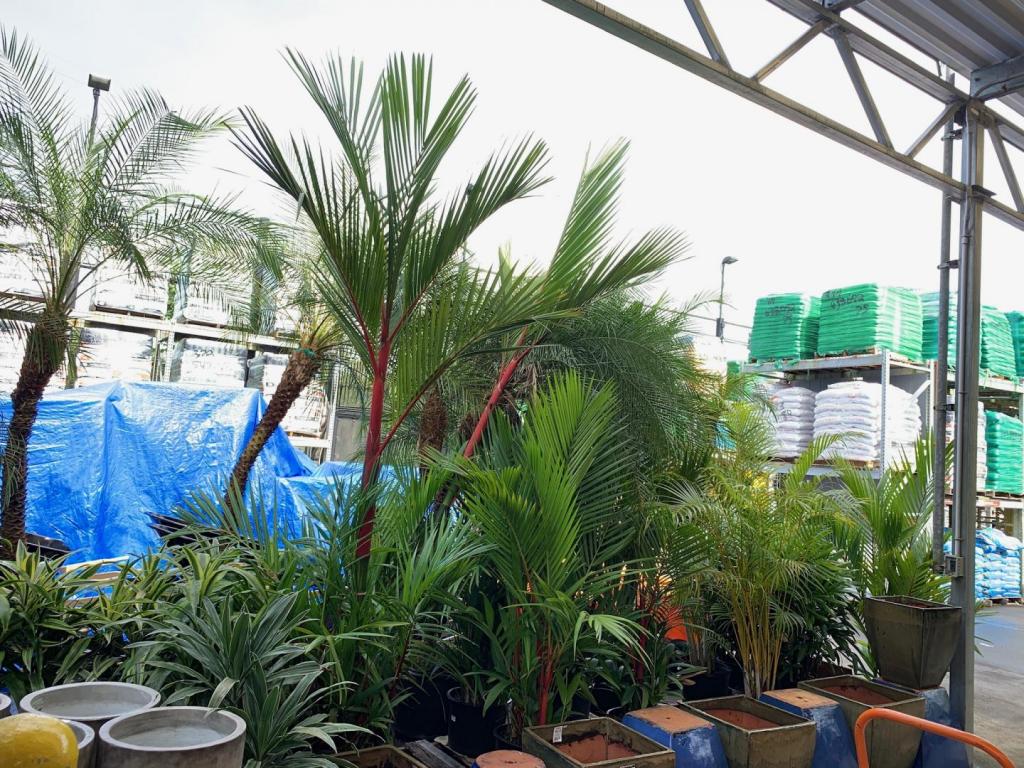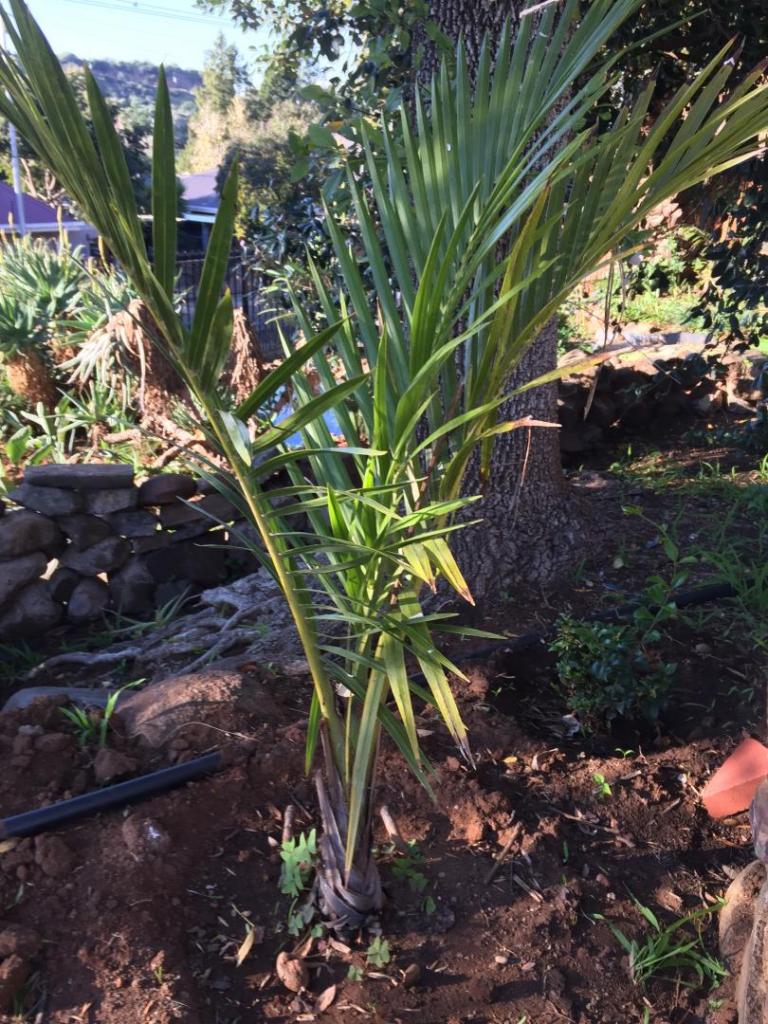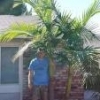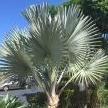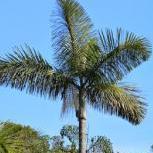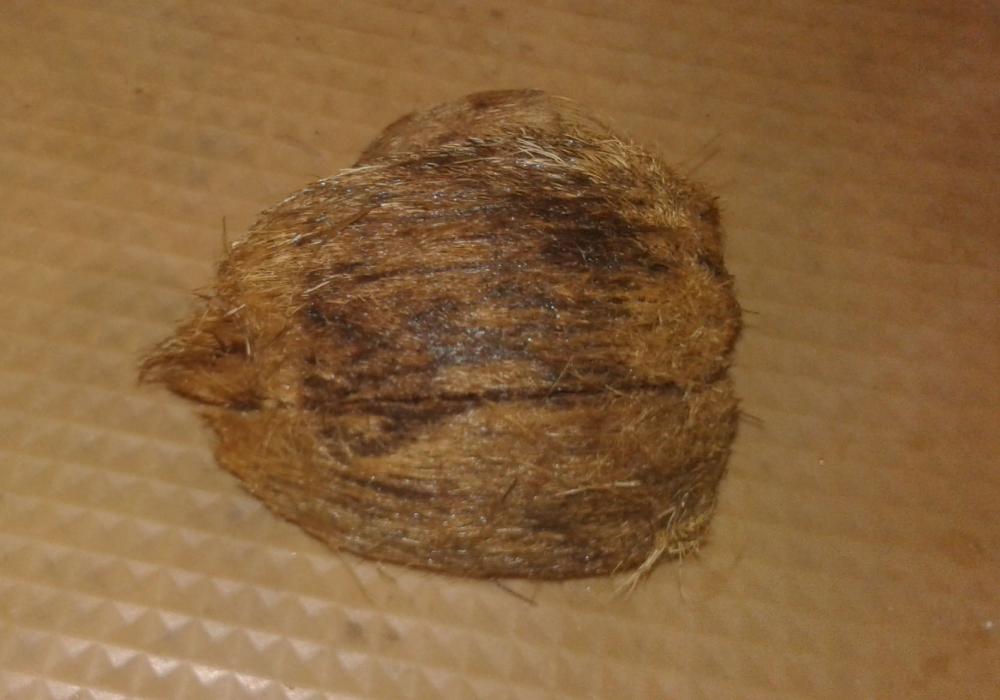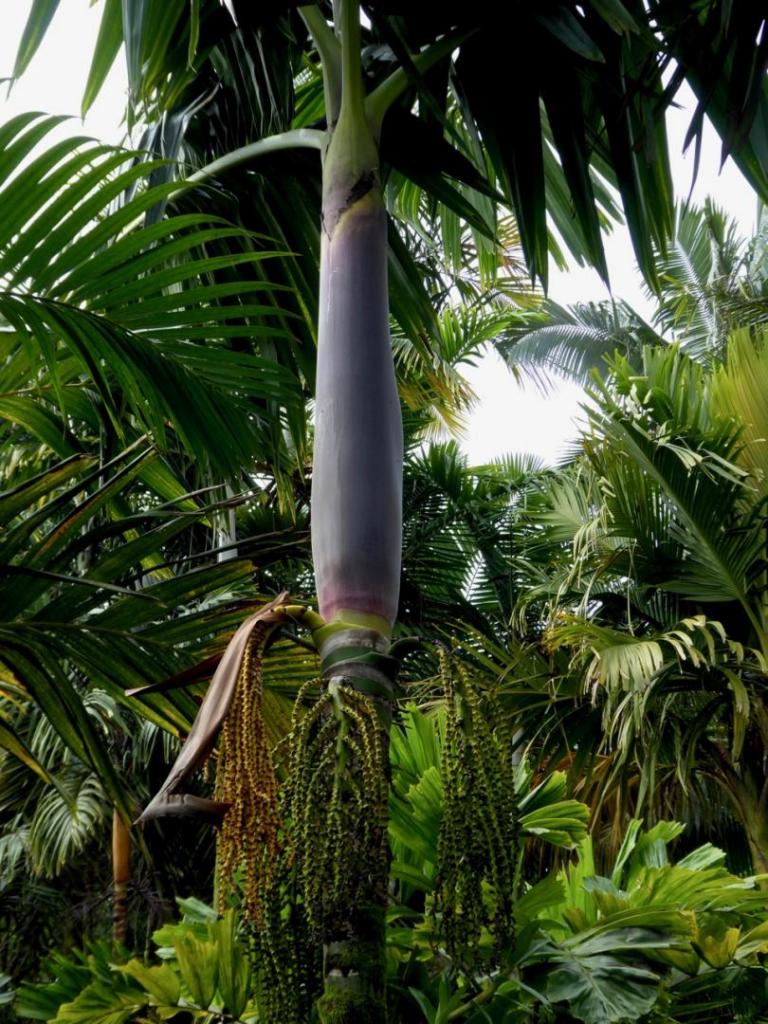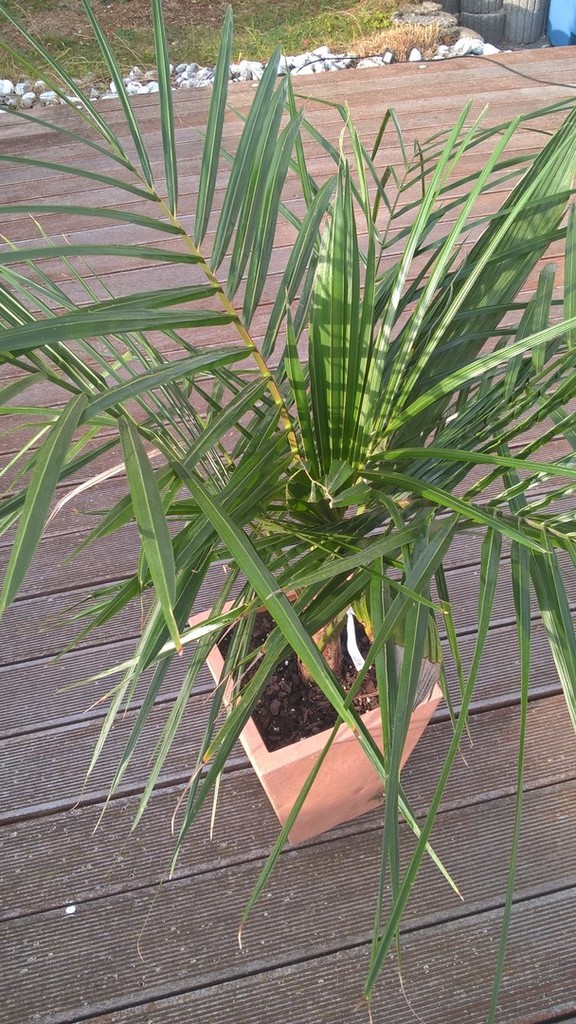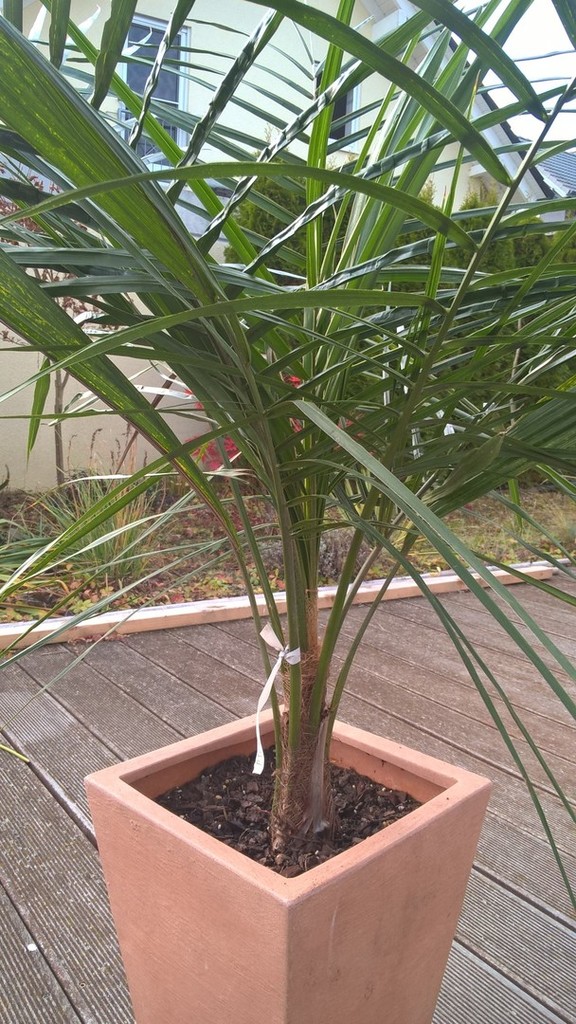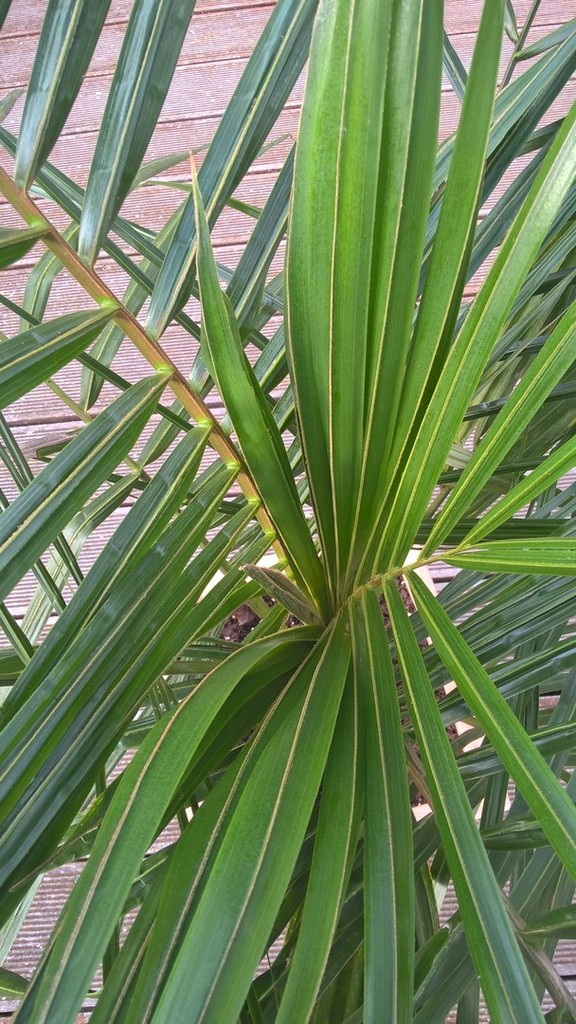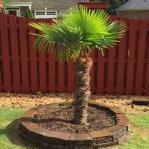Leaderboard
Popular Content
Showing content with the highest reputation on 05/19/2019 in all areas
-
OK, Tim, just took a pic with the 5-gaL orange bucket. The larger one on the left produced a small inflorescence a year ago. A couple of fruits partially developed, but were not viable. I need to fertilize. Fortunately, I mowed this section only yesterday. Background facts: seeds from RPS sowed July 2010, two juvenile plants planted out in a full sun location from 2-gal buckets in Nov 2012. I suspect my palms will never catch up with Tim's great- looking ones, but they seem to be keeping pace.9 points
-
Been awhile since B. condapanna has been on the board, so I thought I'd revisit the topic. Lucky here in Hawaii as these palms are fast, robust, and rather trouble free. Acquired seed back in 2010 and started planting 1 gallons back in 2012. There are seven in this grouping, some planted at a later date. They've been flowering for awhile now, but no seed yet. Here are a few photos, mostly looking up at them these days. I remember seeing promising photos of specimens in Calif., so feel free to post updates. Also, how bout some photos....Kim, Jason, 'Orange Bucket Mike'? Tim6 points
-
4 points
-
4 points
-
4 points
-
3 points
-
3 points
-
3 points
-
3 points
-
3 points
-
Last night got down to 48.4F and today's high barely touched 60F with bright sun and gusty winds. I'm highly prone to bronchitis in winter weather so have been stuck in the house nearly all day. I could clean but where's the fun in that? About an hour ago I ventured outside to take photos for a palm topic I dreamed up. The genus Gaussia consists of 5 species from the Caribbean and Central America, of which I have found four. They are certainly not the most gorgeous palms in the world but they have their good points. G. gomez-pompae is sometimes called the "Carbibbean bottle palm" because when young it has a fat, swollen base. As it gets older it outgrows that trait. G. princeps is slow-growing with a stiff, upright crown and is considered the most attractive species. G. attenuata has a much reduced swollen stem when young. G. maya is typically pinnate and was widely planted in FL decades ago. The fifth species is the rare and odd G. spirituana from central Cuba. I've not had any luck finding it to complete my Gaussia quintet. These palms do very well in alkaline soil and have dry season drought tolerance in FL. They are hardy to zones 10/11, with G. maya to possibly 9b. Gaussia princeps Gaussia gomez-pompae Gaussia attenuata Gaussia maya G. maya seeds2 points
-
I have 3 planted in my driveway planter so I see them multiple times every day as I come and go from the house. These were planted out about 18 months ago from 1 gallon pots (from Floribunda). The one on the far left is a bit smaller than the other 2 but is still growing pretty fast I can’t show off with a 5 gallon bucket for scale yet, so the soda can will have to do!2 points
-
2 points
-
2 points
-
2 points
-
2 points
-
2 points
-
Today I finally got a chance to pick up my new hyophorbe lagenicalis. The health of all the palms of the nursery looked good. Too my surprise when I yanked it out of the pot to put it in something more decorative I noticed a huge amount of I think slug eggs. So I hosed them out with warm water for quite a while and I’m prettt sure I got 99 percent of them. Hopefully everything works out. For now the palm will be in my palm room for two more weeks. At that time the lows here will start to get warmer. Our days are beautiful right now but just a few odd days of high 30s are enough to keep it inside1 point
-
I began germinating palm seeds in 2008 and started with various species of species of Sabals because they are easy for palm beginners. In 2009 I planted a variety of Sabal seedlings at the edge of the vacant lot to the east of ours to block the view of an abandoned house nearby (it was the height of the Great Recession and many homes in Cape Coral were abandoned). Today I took the following photos of these 11-year-old plantings. Sabals causiarum, domingensis and maritima have grown to be massive palms and most have been flowering for years. At one time I had each of them tagged but those tags are long lost so telling the large Sabals apart is difficult. Sabal palmetto is the smallest trunking Sabal and the specimens on Sabal Row look almost dwarfish compared to their massive cousins. None of the palmettos have flowered yet. Sabal Row, May 2019, Cape Coral, FL1 point
-
1 point
-
1 point
-
1 point
-
This makes for good reading: https://www.unce.unr.edu/publications/files/ho/2002/sp0212.pdf Here are some great stats on the global date industry: http://www.fao.org/3/a-y2745e.pdf The bottom line is that even in the cooler states where P. dactylifera grow, commercial fruit cultivation is practically impossible. It'd be a fruitless task to even try (pardon the pun!) as it's a fact that many of the date fruit exporting countries in the world simply re-export dates from North Africa and the Middle East.1 point
-
So I have posted this guy before . Bought this from a big box store dirt cheap in a 15 gallon pot . It is doing amazing one thing that drew me to it when I bought it was the fact it was flowering at such a small size . My guess is this is a hybrid. Any ideas when I planted I found a tag in the pot that said Phoenix canary I don’t think it’s full canary : my guess would be canariensis x reclinata someone help me out here .1 point
-
So I finally went and got house in a much warmer climate in Fort Lauderdale with quite a large garden. I have 7 coconut palms on the property with all producing fruit. The landscaper convinced me to have the coconuts taken off due to liability of them falling on heads and doing severe damage to passerby. Well, he went and even removed the flowers. They look so "bald" to me now. Will the flowers come back and produce more coconuts? Anyone know how long I can expect before they bloom out again?1 point
-
1 point
-
1 point
-
1 point
-
This is one of the great species - besides the Satakentia L. - from here, slow but as hard as a nail. Keeping them in shade when young will let them grow long leaflets, out in the sun - no need for it. Here a young one - surrounded by many other plants. Here some taller ones, now around 30(+)years old. Best regards from Okinawa - Lars1 point
-
1 point
-
1 point
-
1 point
-
When things are good, it's faster than either. BUT it's also very tender to the cold, and I lost one about the size of the one pictured in the big freeze of 2007. It's a lot skinnier than the other two as well, and the leaves are a lot smaller and lighter.1 point
-
The BxP will hammer the other two, I can tell you that much.1 point
-
1 point
-
Assuming a plant cannot survive based on the fact that one single specimen or so did not make it is kind of jumping the gun. I think more people should try it.1 point
-
One of our big stores (Bunnings) regularly has C. renda but the price has been creeping up. These are 200mm pots at $33.98. Just next to them, same size pots, are Rhapis excelsa at $32.48. The C. renda seem to be selling faster as there's only a few left but there's a lot more R. excelsa left.1 point
-
I have had fruiting coconuts for several years and give their seeds no thought. I've never heard, except in urban legends, of anyone actually getting conked by a coconut in my 26 years here. Anyone looking to get hit has to trespass on my property to achieve his goal. It's statistically more likely to be hit by a vehicle jumping a curb. I agree you were scammed by a local treecutter out to alarm a yankee newcomer (to a native Floridian anyone not born here is a yankee, including me). Your palms will recover and reseed. Be aware that coconut seeds take 2 years from flower to ripe fruit. Each palm will flower about once a year so you will end up with two crops in different stages. Most of the seeds will abort while still immature. I found that at most only 50% of ripe seeds produce viable offspring. My dwarf red spicata mother palm (RIP) produced only two viable seeds on her second crop before Hurricane Irma ended her fruiting career. Coconut palms waste more precious resources producing so few viable offspring than any palm I know1 point
-
1 point
-
1 point
-
1 point
-
I think the roots are getting too wet and cold in the water retentive soil there. If it was planted in beach sand it would have done better I think. When you're trying to push the boundaries with coconuts sand is a must in my experience. In the true tropics you'd get away with water retentive soil though.1 point
-
1 point
-
1 point
-
1 point
-
1 point
-
1 point
-
1 point
-
1 point

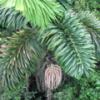
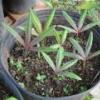












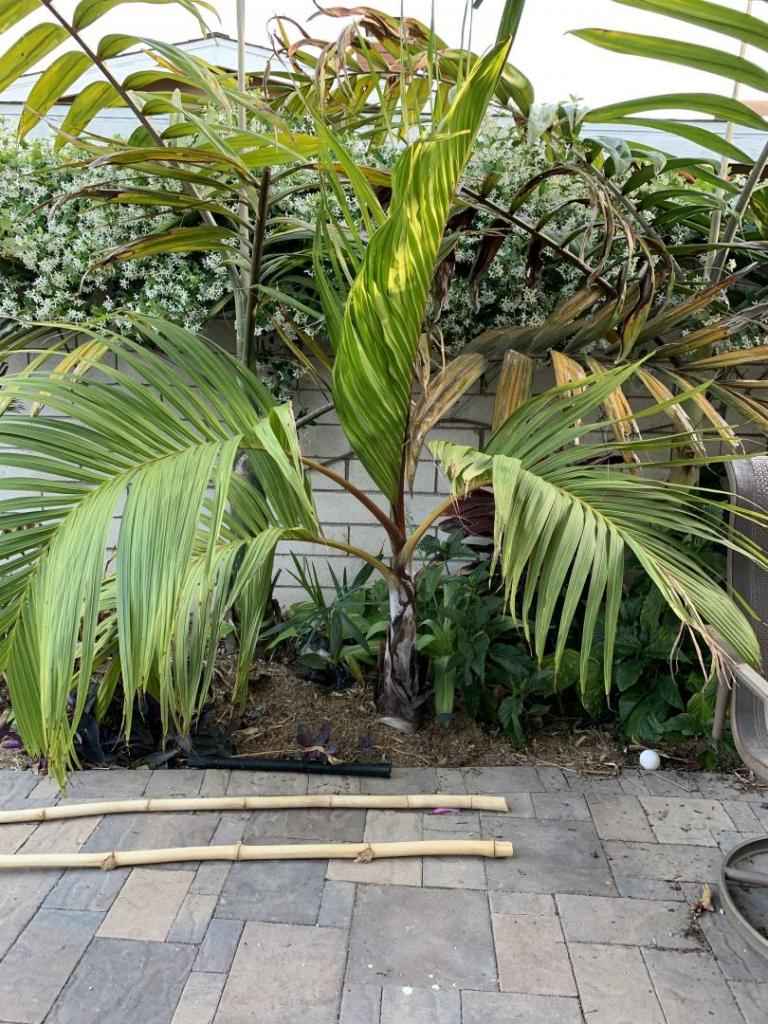

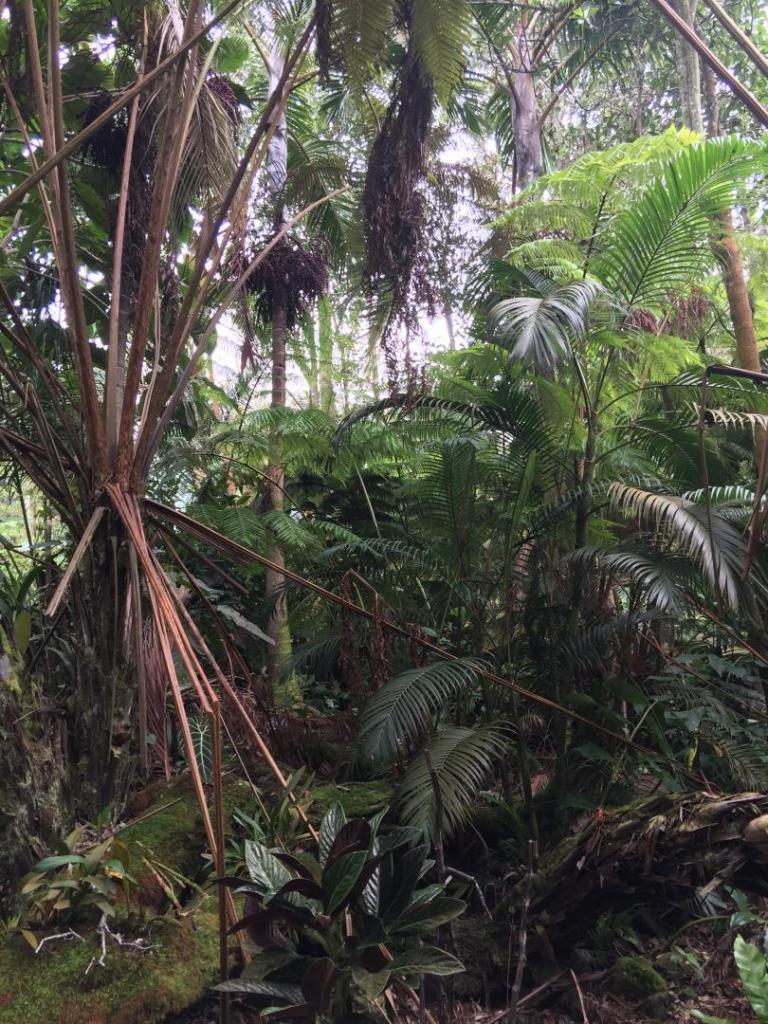


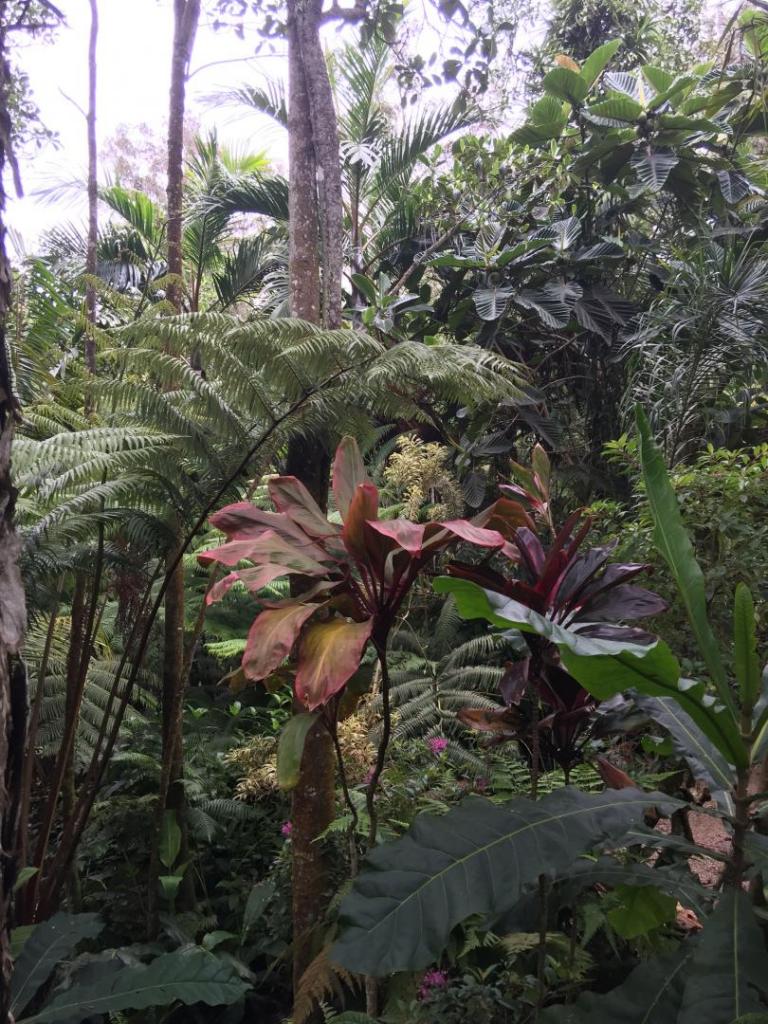







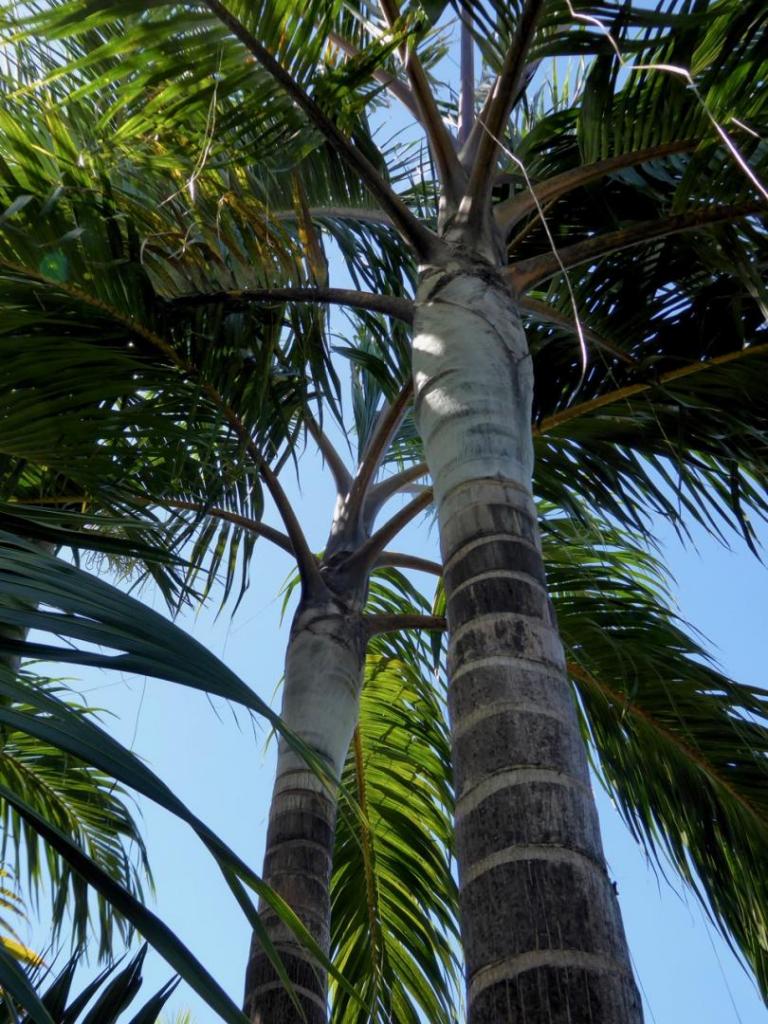

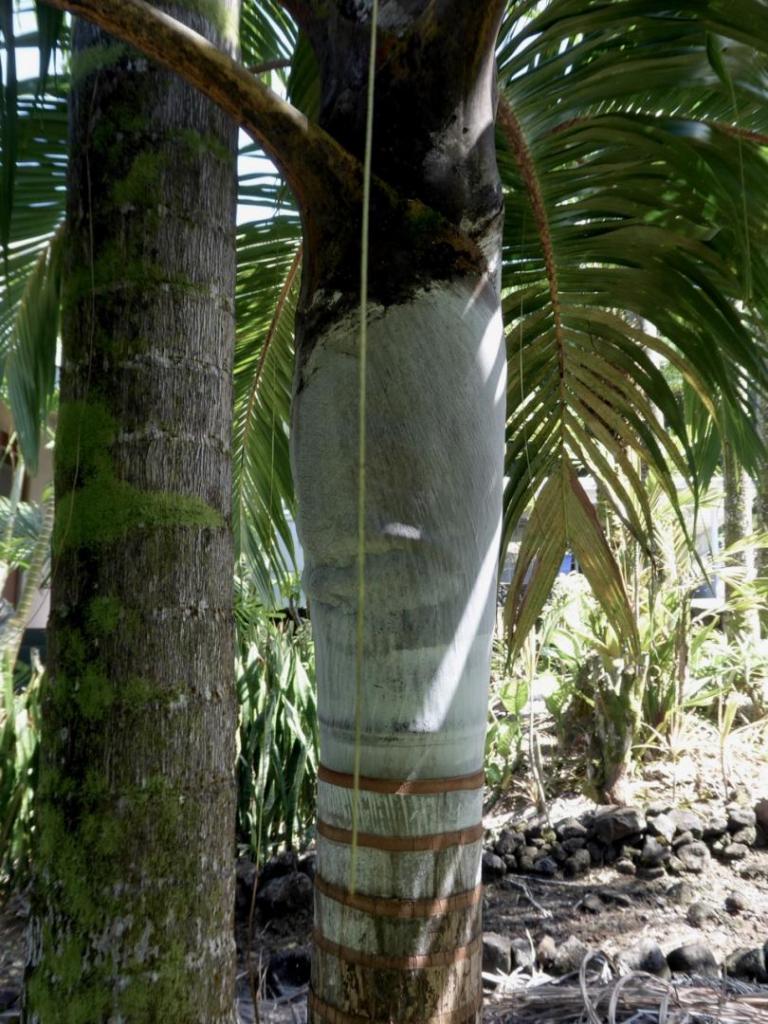
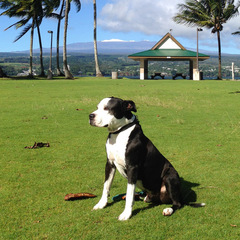


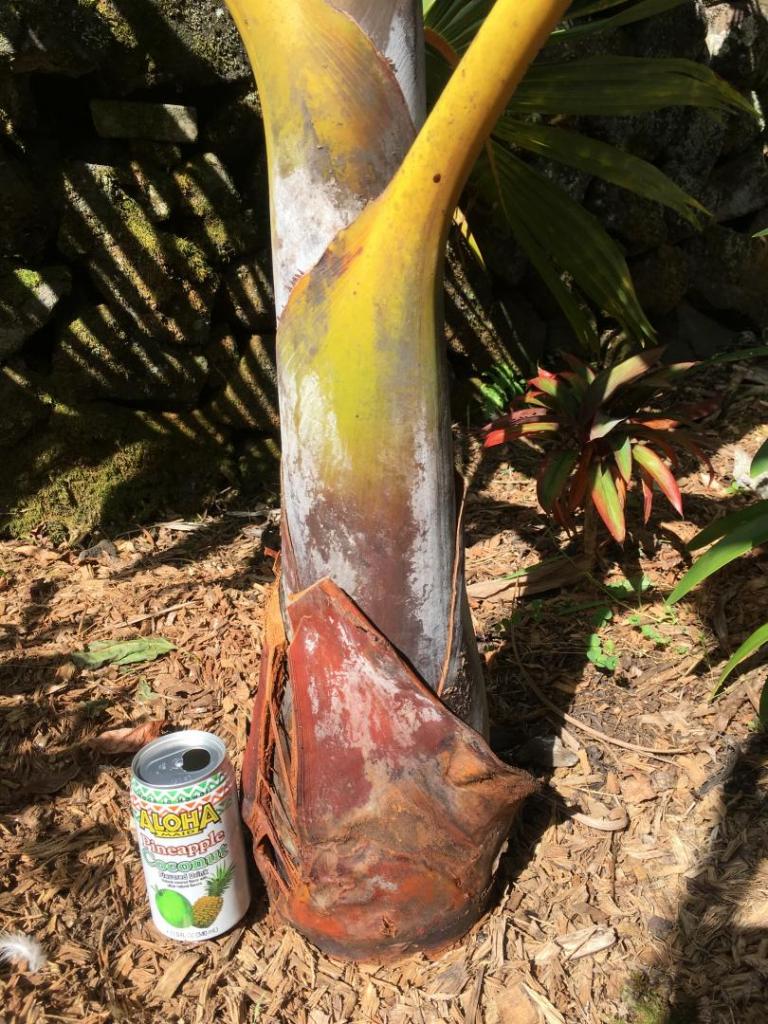


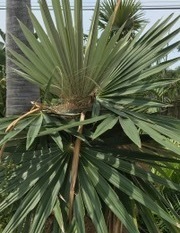



.jpg.6a72b2b15a4d19c41d62235b40e1d957.thumb.jpg.a9a0a046bb3c2780a2a35926f59eada2.jpg)

